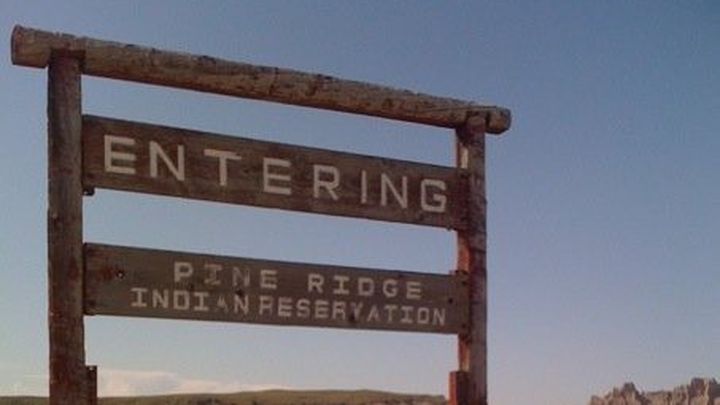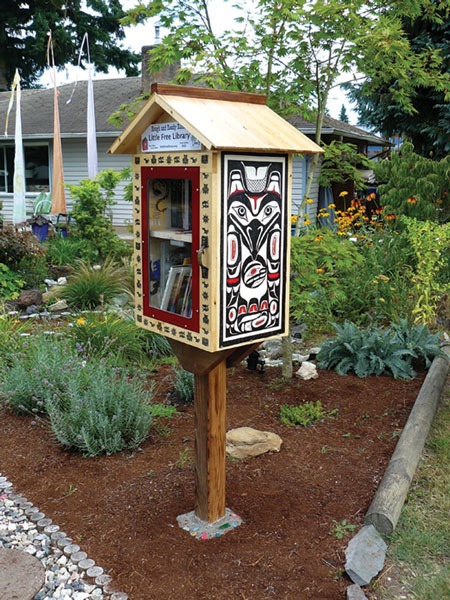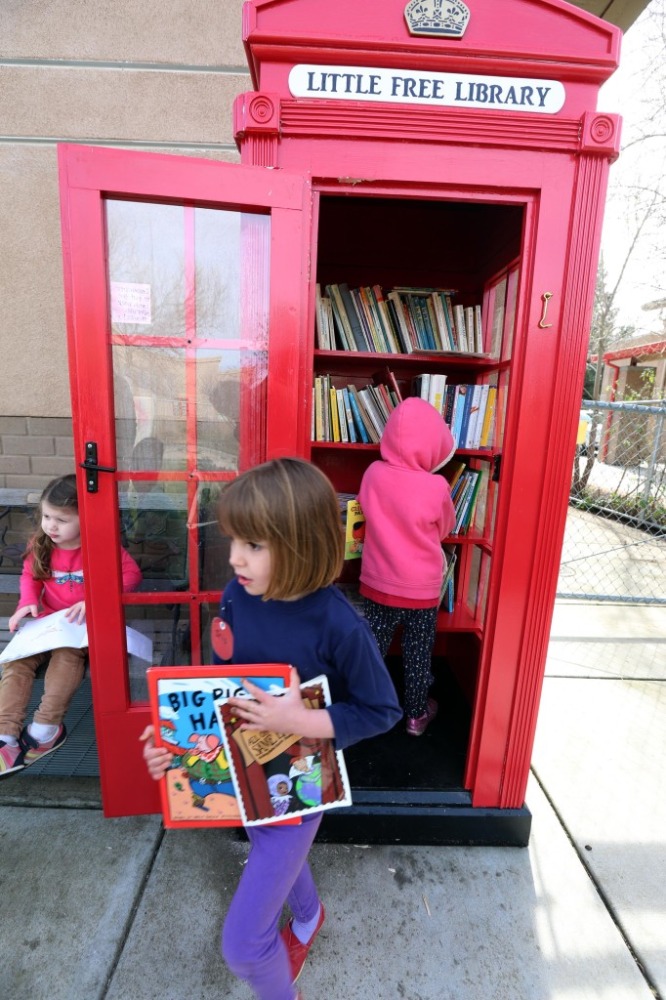
Permaculture and resilience,Pine Ridge reservation
Donation protected
NOTE: This fundraiser is no longer active. Please send donations to Oglala Lakota Cultural and Economic Revitalization Initiative here: https://www.gofundme.com/f/olceri-workshop-for-indigenous-trainees-wisdom?qid=4694d214ecf6d521a6590068ceafe30d
Or website: olceri.org

*****
Oglala Lakota Cultural and Economic Revitilization Initiative (“OLCERI”) is a Lakota-run organization dedicated to demonstrating resilient solutions for living and surviving on Pine Ridge reservation. Grow Permaculture is a partner organization, collaborating to create resources to address the most severe situations on the reservation - the essentials of life: food, water, shelter, and energy. We are asking your help with a project that can make a difference for a lot of people.
If everyone on the list gave $10, we would reach our target, so please don't think that any amount is too small - it will make a huge difference because we will use it well and wisely!
Walipini Greenhouse
The right type of greenhouse is a very good solution to all of the above situations since the growing season is extended, plants are protected from the weather, people can have greens all year around, and it can even provide healthy protein in the form of fish in tanks. A similar model can be attached to a home, providing passive solar heating in the winter. The design could be modified into housing that will use much less energy and offer more protection from the weather, is affordable, and much healthier than many of the current options for people at Pine Ridge. Greenhouses have been built and damaged by severe weather on the reservation, so we have put some thought into how to create one that will last, and work well.
A Walipini or pit style greenhouse is designed to create maximum retention of heat from the sun’s effect on the mass of the earth. If you’ve ever felt rocks or the ground radiating heat after the sun goes down, you will understand the effect created.
Lakota tribal member Bryan Deans is head of OLCERI and the chief designer of the green house. He designed the greenhouse to be easily replicated, inexpensive, uses minimal materials, passively heated, and easy to access. He sees the need for a greenhouse design which can be broadly used and implemented on the reservation. These greenhouses could be a stable source of fresh greens and healthy protein for people who have little access to healthy food currently.
As part of this design, we will experiment with outdoor aquaponics, using two very large salvaged tanks that we will dig into the earth to replicate ponds. These are deep enough to provide space for native fish to overwinter without freezing. We will continue to use this greenhouse model to try out new techniques, ever looking for ways to make it easier for Lakota to produce their own healthy food year around despite the harsh environment.
The problems that must be addressed with the design
Affordable - the greenhouse must be inexpensive, which means minimal materials needed
Easy to build - the easier and less complicated it is, the more likely people will be to try it. It must focus on use of local materials and resources, thereby creating more independence.
Passively heated - must survive on passive heat; most people won’t pay to heat their greenhouse in winter - they can’t afford it
Resilient - Must stand up to wind, hail, freezes and other rough elements.
Can hold heat - Must be sufficiently insulated to retain heat overnight.
This design is more than a greenhouse as it will also create a prototype for a number of techniques that can be used to create housing on the reservation. Geothermal heating and cooling, earth bermed structure, cold sinks, plant-created microclimates, and sustainably harvested timber frame are some of the aspects that could be used in sustainable, non-toxic, passively heated and cooled housing.
There are many ways that we will be able to use and disseminate the knowledge gained through building these prototypes. We will share the information gained and will document through video and written word.
We follow the permaculture principles "Accept feedback and self-regulate" so will be documenting both short and long term outcomes, and adjusting the design accordingly.
Plastic cover, pipes, meters, wood (sustainably harvested), fuel, door, flooring, soil, water catchment tank, labor: $5000-7400. There are variable factors involved that can raise or lower the costs. This is a large structure and costs are very low for the size and functions it will be capable of.

This is the beginning of the greenhouse on Pine Ridge reservation
Natural Earth and Straw Multiuse Building:
Another building on site has been started and we would like to complete it this summer/fall. This is a large building (72 X 56) which will be used to:
Protect equipment from the weather so that it can be repaired in the wintertime. This equipment, such as a bobcat owned by OLCERI, is used on the ranch and to support community - to build housing, extract vehicles that slip off the road, create well pipelines and other potentially life saving action.
Create a space for manufacture facility for hi efficiency heaters. These are super efficient wood burning heaters that can burn twigs and small sticks from bushes, or even straw or dried grass, and provide decent heat. Bryan has designed one that will work well in reservation housing to heat water and the home.These can be life saving and will reduce costs of buying propane or firewood. They also protect the environment by providing more efficient heat and protecting trees.
Create a space for intern housing and classroom. This site will be used to educate Lakota and others on these building and other techniques for resilience.
This building will have many features that will serve as examples to that can be replicated. It incorporates passive cooling and heating, natural building with locally available, sustainably harvested, inexpensive or free materials, training for Lakota in these building techniques, and community building “barn raising” techniques by which many Lakota can get their own healthy, safe housing built.
This building will serve multiple functions by providing much needed shelter for project volunteers and interns, employment for Lakota (unemployment is 80% or more), a demonstration of inexpensive, resilient, passively heated and cooled housing, and training in techniques of resiliency to Lakota on the reservation. Most grants and foundation will not fund a natural building like this. We have the personnel to do this now, this year, and grants often usually take many months to be disbursed, so we are coming to you to crowd fund this project.

Shot of frame and footings
Tin roof, wood framing, garage door, doors and windows, flooring, pipes and electrical wire, lighting, kitchen and bathroom fixtures, straw bale, cordwood, Lakota labor, etc: $34,700
This is extremely inexpensive for a building this size.
There are two other smaller projects we are doing that we are excited about:
Little Free Library Boxes:
Pine Ridge has NO public libraries! We want to remedy that, to start, by installing Little Free Libraries in every town on the reservation. Here is an example of what they look like:

We plan to install several of these in each town in Pine Ridge reservation. We will start in the town of Pine Ridge itself, which is the largest town on the reservation, and closest to the OLCERI ranch.

We would like to build at least 10 of these to start with. At least one of them should be larger - like the above phone booth model.
We have already gotten a couple hundred books donated and several organizations and individuals have agreed to donate more. OLCERI has a storage unit to store the books until they are distributed. We expect to continue to fill these libraries and are hoping that people take the books home and re-read them or pass them to friends.
We have focused on acquiring materials on homesteading, off grid living, sustainable living, healthy living and Lakota culture but we accept books on any subject. We are of course very interested in children’s books!
Materials, labor and crew to install 10 boxes: $1500
If you have books to donate, please send them to:
OLCERI
HC 66 Box 21
Chadron, NE 69337-9601
BEE HIVES
We want to build several bee hives for a local Lakota beekeeper. In conjunction with that, we will be planting native wildflowers along a ditch and gully area as pollinators and a potential cash crop for Lakota (some wildflowers are medicinal, for instance). Materials and wildflowers will cost $400.
We have gotten the agreement of a professional builder who is willing to volunteer to get this done and will be coming this August. His name is Chuck Bell, from from Building With Heart. Another professional carpenter is arriving from the East Coast. Several other volunteers have some building experience as well.
We have lined up volunteer groups to build all of these things, but we are lacking funding for materials only.
We are asking for you help to accomplish these projects. We will keep you info’ed with photos, stories and more, throughout the building process.
We are also very interested in both your creative and practical ideas and suggestions for how we can make this the most effective project possible! And please share any questions you might have as well.
Conclusion:
We need approximately $40,000 total to complete the two buildings, libraries and beehives (this is very inexpensive for buildings of this size, but we are very good at getting the most for the money). All of these projects were chosen because they use local, sustainable and available resources to build economic, environmental and social opportunities. We can fund one or more of these without meeting the full target, but we would of course like to complete them all.
We will start each of these projects once we have sufficient funds to finish. In the case of the large multi-use building, we will start once we have sufficient funds to build the shell and we have the needed materials on site. Our start date for this year’s build is August 1. We will continue to share our planning process with you here, and photos of the build happening when it starts. Help us make a difference for people who are living in very harsh conditions! We do not want to go even one more year before having these buildings in place. If we can get these done this year, we can focus on building these elsewhere on the reservation by next year and educating more people on how to do it themselves, which can save lives, and give people a break from the harsh conditions. If we beat our target, funds will go toward future buildings on the reservation.
FACTS:
Pine Ridge Reservation has an average family income of just $3,700 a year. The unemployment rate is 80%, alcoholism is at a four time higher rate than the national average; it has also the highest rates of cancer and heart disease as well as diabetes, with almost half the population over the age of forty suffeing from diabetes; infant mortality rate is five time higher than the national average and the average life expectancy for males is 48 and for women 52 years, lowest in the Western Hemisphere other than Haiti.
From lakotachildren.org: "The United Nations has declared Pine Ridge one of the most historically wronged and marginalized indigenous groups in the world. A 2012 Human Rights report warned that unless the United States engages in meaningful reconciliatory action its moral credibility will be in jeopardy when it makes human rights demands of other nations. Many Americans are shocked to learn of the health disparities, educational inequalities and housing conditions on Pine Ridge and other rural reservations."
A staggering forty-nine percent of the residents live below the Federal poverty level according to US census data.
• Tuberculosis rate on the Pine Ridge Reservation is approximately 800% higher than the U.S. national average
• Cervical cancer is 500% higher than the U.S. national average
• At least 60% of the homes on the Pine Ridge Reservation are infested with Black Mold Stachybotrys.
•The school drop-out rate is over 70%
• “There is an estimated average of 17 people living in each family home( a home which may have two to three rooms).”
• More than 30% of homes on the Reservation have no electricity, many homes have no or inadequate plumbing
• Alcoholism affects eight out of ten families on the Reservation
In spite of these formidable barriers, greatness exists at Pine Ridge:
Charles Trimble, member of Oglala Lakota Nation and former Executive Director of the National Congress of American Indians. (1972–1978)
William Mervin "Billy" Mills, also known as Makata Taka Hela, is the second Native American to win an Olympic gold medal and the only American ever to win the Olympic gold in the 10,000 meter run.
JoAnn Tall, environmental activist at Pine Ridge, honored in 1993 for her opposition to uranium mining on the reservation
Theresa Two Bulls, first American Indian woman elected to the South Dakota legislature; state senator (2004–2008) and president of Oglala Sioux Tribe (2008–2010)[65]
Ed McGaa (Eagle Man): author, attorney and a U.S. Marine Corps F-4B Phantom fighter pilot in Vietnam, flew 110 combat missions, received;8 Air Medals, 2 Crosses of Gallantry and a recommendation for the Distinguished Flying Cross.[62]
Cecilia Fire Thunder, first woman elected as president of the Oglala Sioux Tribe, 2004; promotes women's issues and revival of Lakota language
Tim Giago; started the first independent Native American newspaper: Lakota Times (now Indian Country Today), received a 1991 Nieman Fellowship at Harvard University, and is a contributing writer to the Huffington Post;
Milo Yellowhair - activist, filmmaker, historian, former tribal Vice President
Beatrice Long - member of the International Council of 13 Indigenous Grandmothers, herbalist and healer
Joe American Horse - chief, spiritual leader, activist, prize winning athelete
Fool's Crow - medicine man
Black Elk - medicine man
And many more!
Organizer
Koreen Brennan
Organizer
Pine Ridge, SD


